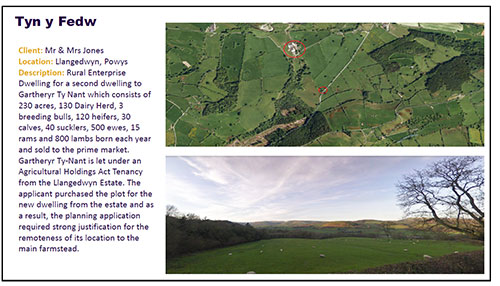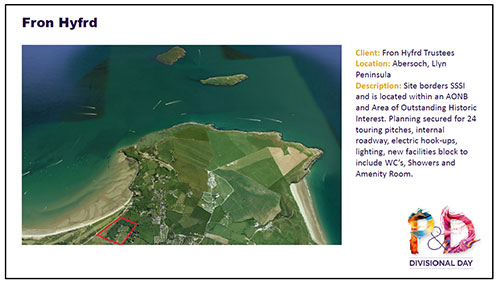Diversifying Agricultural Land: Building to Rent or Sell
Harry Torrance, Partner, Carter Jonas and Charlene Sussums-Lewis, Associate, Carter Jonas
Diversification is prominent within the agricultural community across the country. With relentless pressure on yields coupled with uncertainty over the future of rural subsidies, many farmers and landowners are new looking at how to expand their business and generate new revenues.
This is where residential and commercial development plays a role. Many farmers and landowners look to develop strategic, large-scale parcels of land with a regional developer or, for smaller scale projects of five to ten homes, or indeed for a conversion project, with a local house builder.
With an ever-growing demand for homes, or commercial premises in rural settings, the agricultural community is well-placed to harness land – arguably the most valuable asset – to create generation-changing opportunities.
Inevitably the question arises, where to begin?
Some might presume the biggest conundrum when approaching a development opportunity is whether to convert existing buildings or to build new. However, it’s advisable to first assess whether any proposals are compliant with local planning policy, followed by an assessment of location, whether there is local demand for commercial or residential accommodation, and also whether the intention is to Build to Rent or Build to Sell. It is also recommended that tax planning advice is sought – ideally at the earliest possible stage, for the ultimate benefit of the landowner.
If building to rent, a clear future management strategy is critical and should be designed into the scheme from the beginning. The management strategy might add as much as 10% to net revenue by minimising void periods, increasing lease lengths, and improving the capital value of a scheme - helpful when considering funding arrangements.
Simple measures such as ‘offering additional facilities (additional storage, garaging, allotments or paddocks) and low maintenance common gardens can reduce void periods, increase gross revenues, while also increasing the wider appeal of the property.
Efforts to foster a community are always appreciated, even if uptake is slow and patchy. Think about how office tenants can integrate, whether through social activities or shared facilities - such opportunities are increasingly sought by business owners. For a residential scheme, community initiatives should focus on ‘designing-out’ sources of friction such as parking confusion, bin storage, noise and nuisances, but also potentially by incorporating common spaces or facilities that can be shared to everyone’s benefit.
Depending on the site and dwellings, some ‘Instagramable’ or eye-catching design features and facilities will help a proposition to stand out. For residential schemes, offer a lifestyle and not just a building, and factor in how to future-proof homes; for example, electric-car charging points and properties that fulfil Lifetime Homes Standards are integral, but also that offer the opportunity to enjoy wider benefits from the enterprise.
As ever in the role of the landlord, treat tenants like customers; goodwill, understanding and fairness go a long way in securing long-term occupiers which is to both parties’ benefit.
If building to sell, a cost-benefit analysis is fundamental to maximising profits. Seek legal and surveying advice on any restrictive covenants, overages, option agreements and other rights reserved / granted, which will help to achieve objectives. Explore wide-ranging financing options – this is of the utmost importance if the farmer intends to live in close proximity to their development.
Planning consent is unavoidable, and must be factored into a development timeline. Cost and complexity depend on each individual site, and budgets should take into account planning applications, architectural plans and planning consultancy, as well as ecology, archaeology, topography, arboricultural reports, which might all be requested by the Local Authority.
To ensure that development runs smoothly, appoint a cost or project manager to oversee contractors. Good ones normally pay for themselves, and help to maintain constructive relationships between client and contractor in what can sometimes result in a stressful period.



- Log in to post comments

